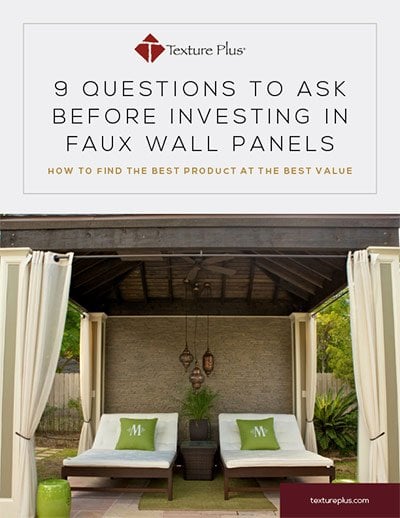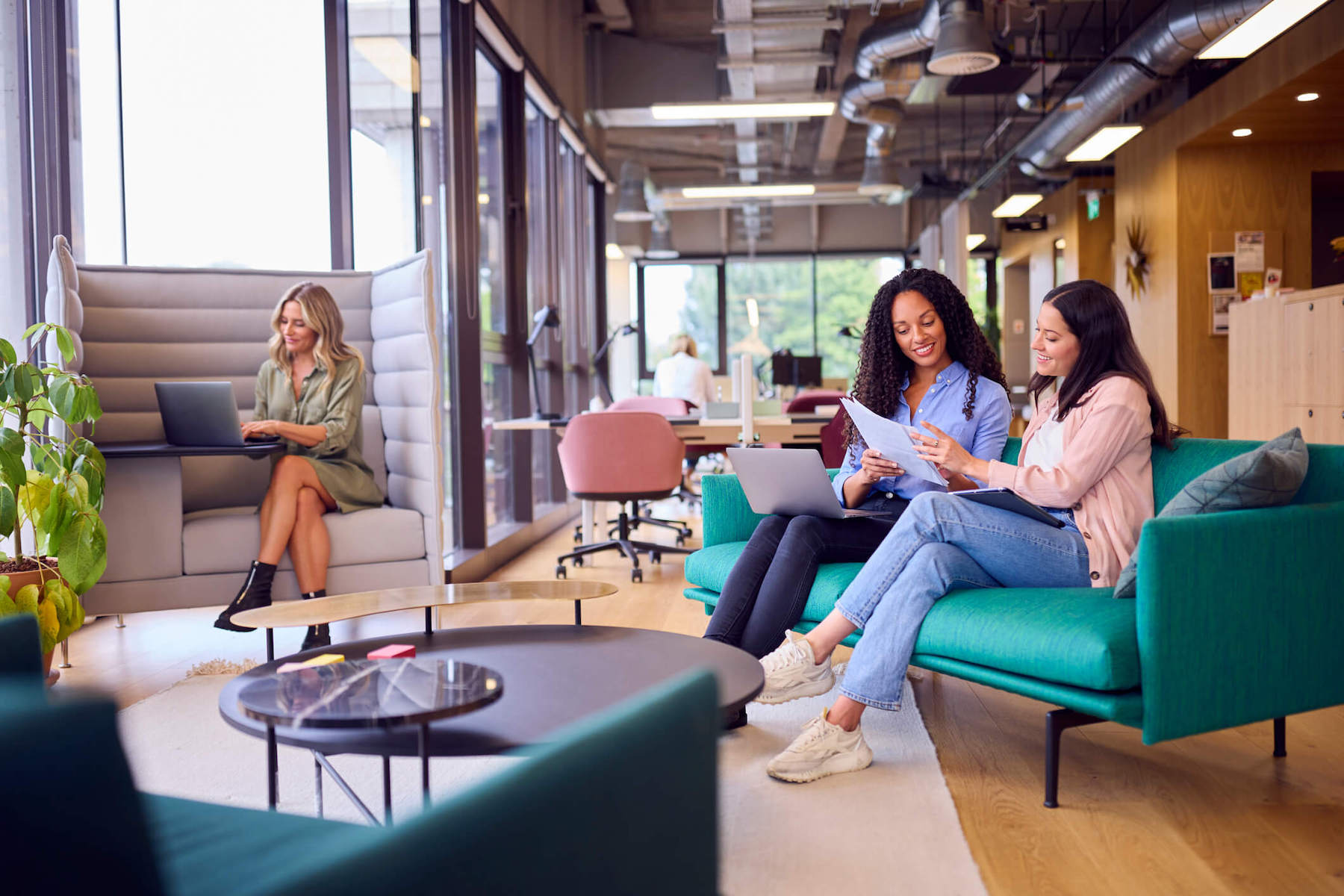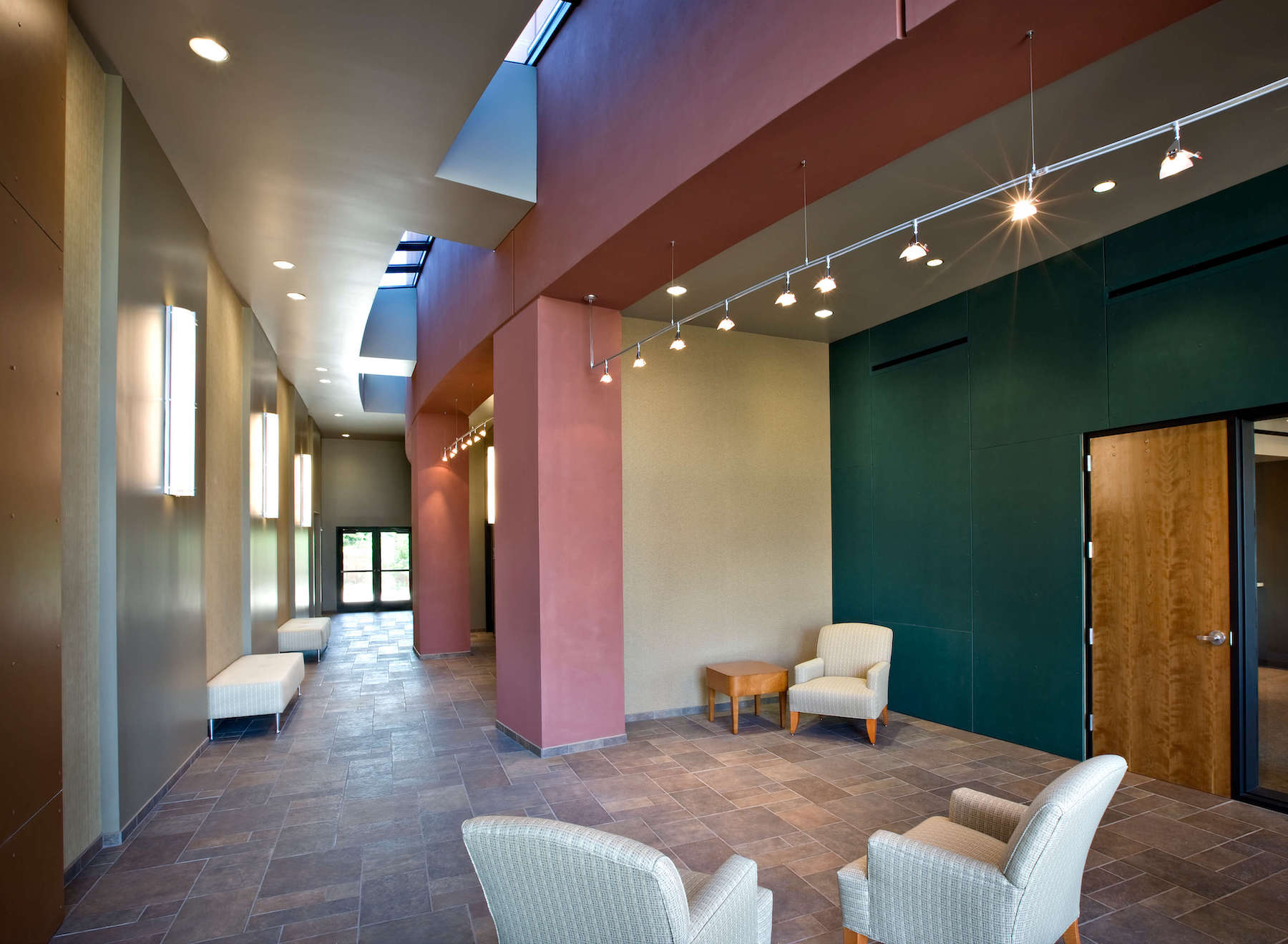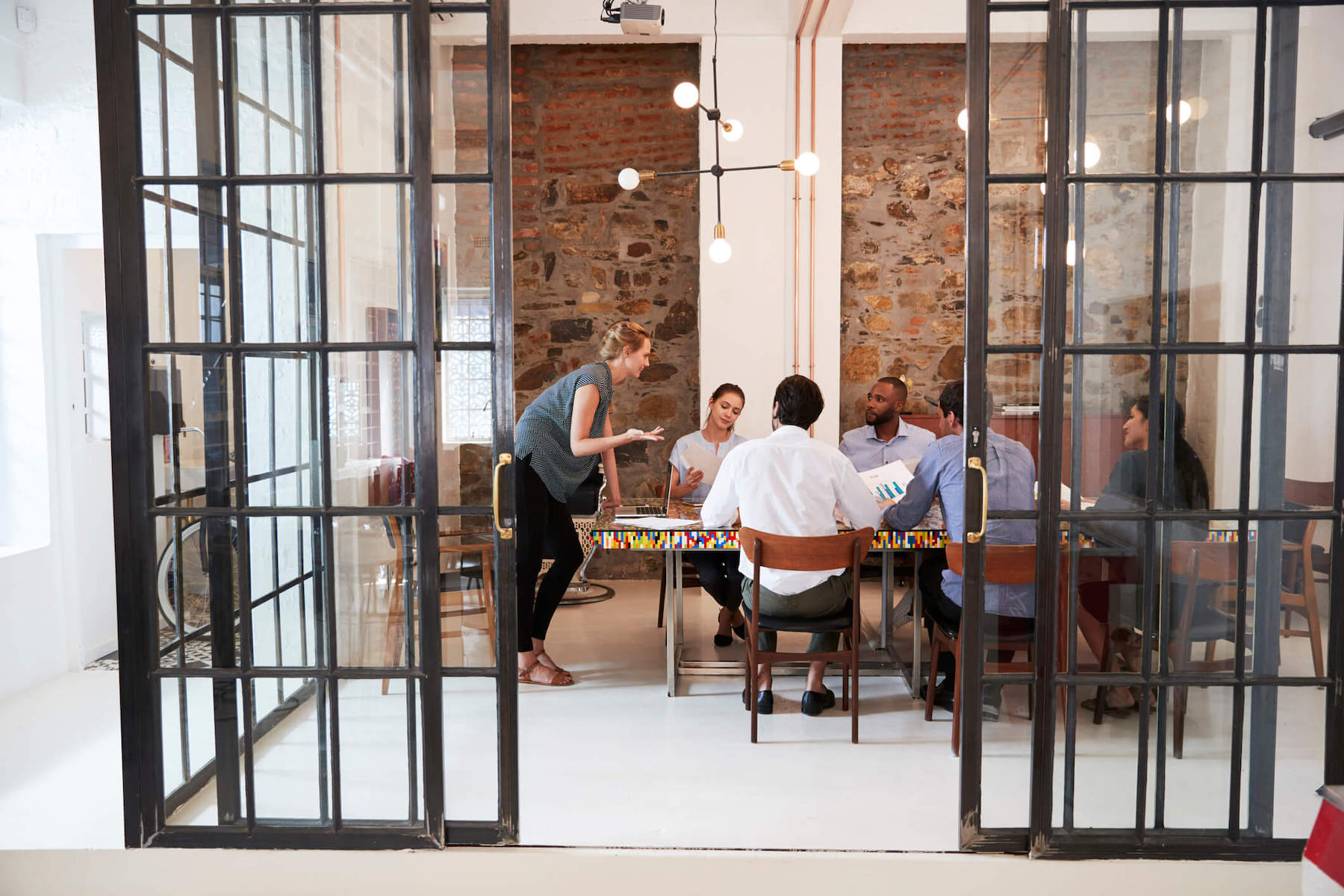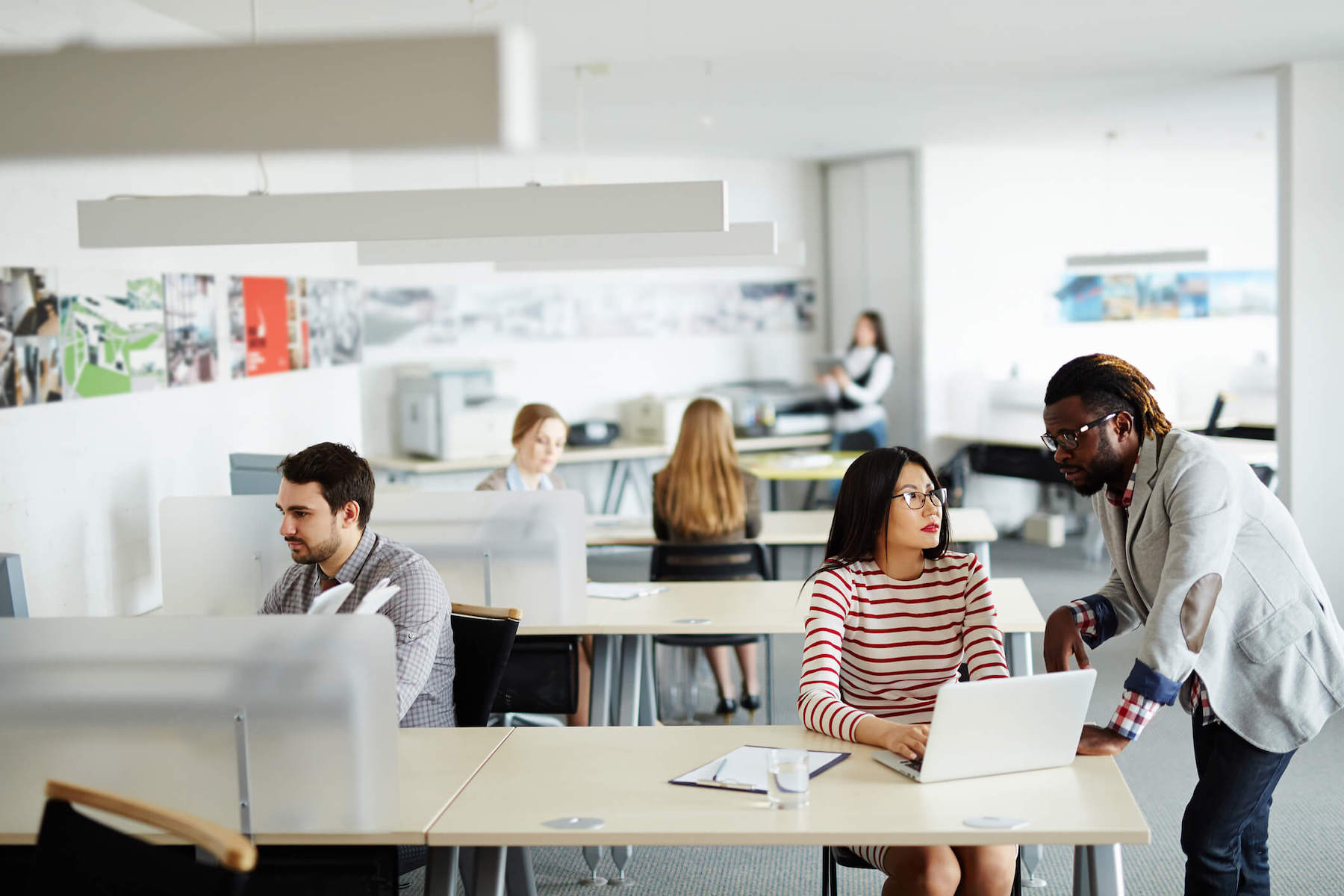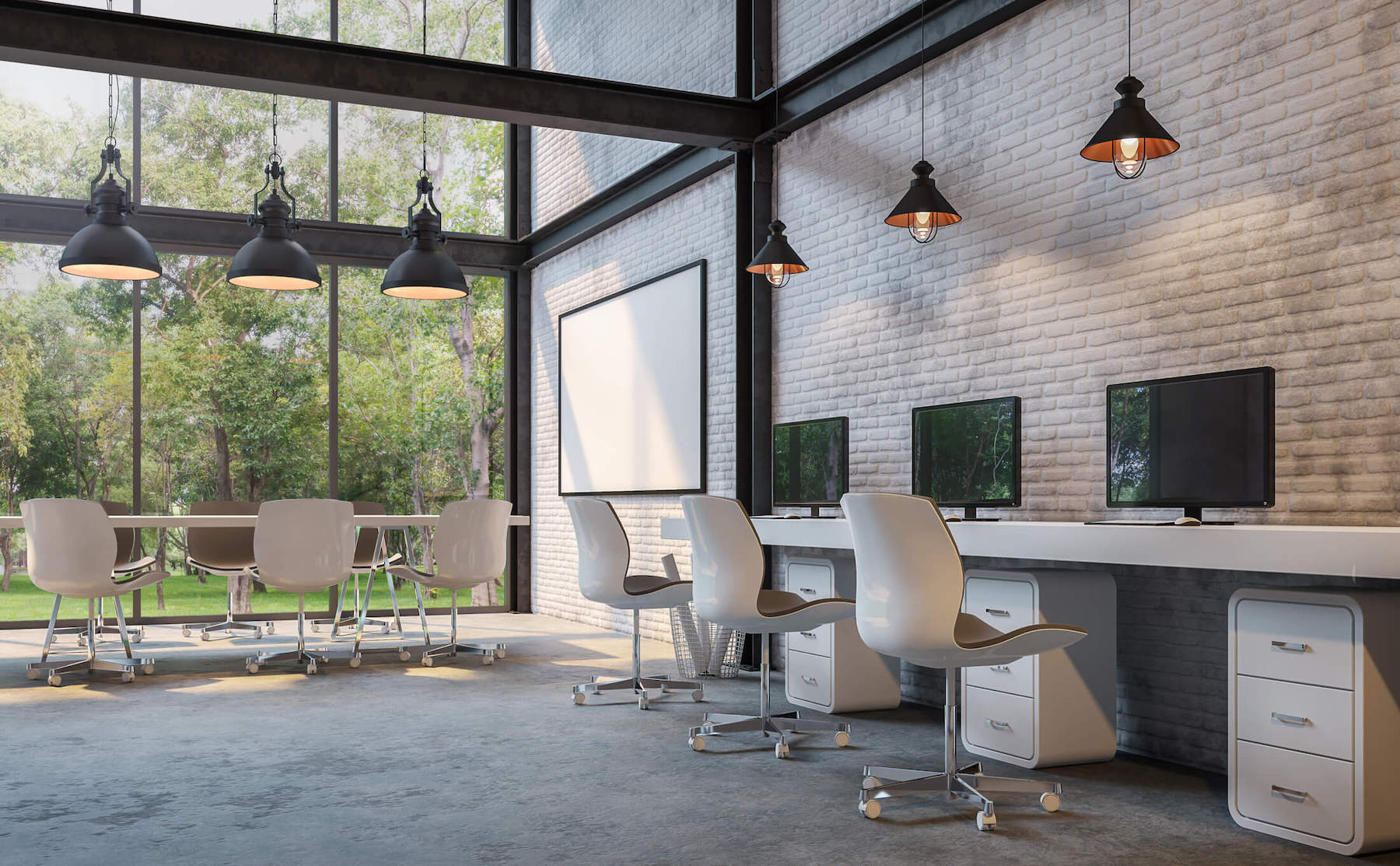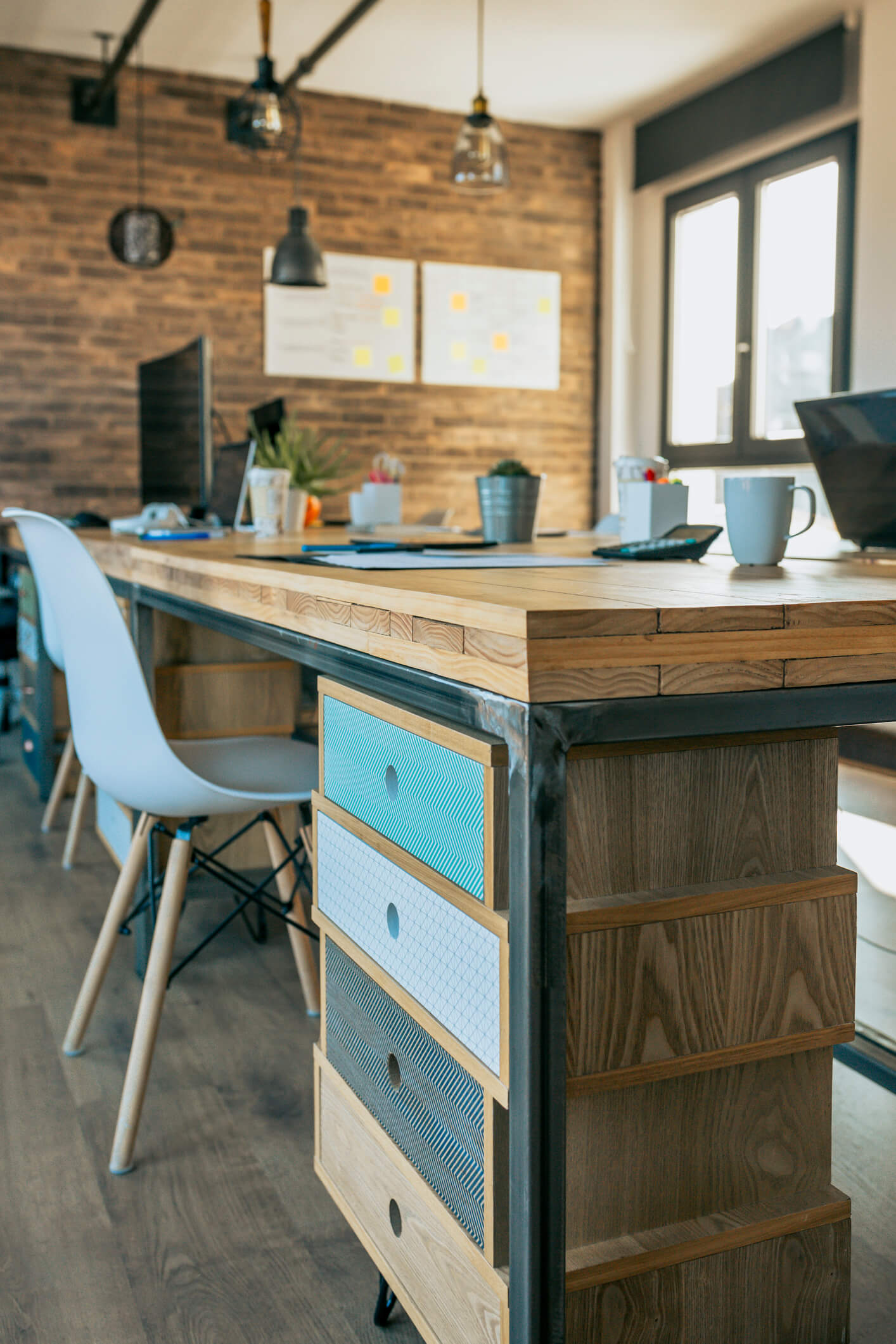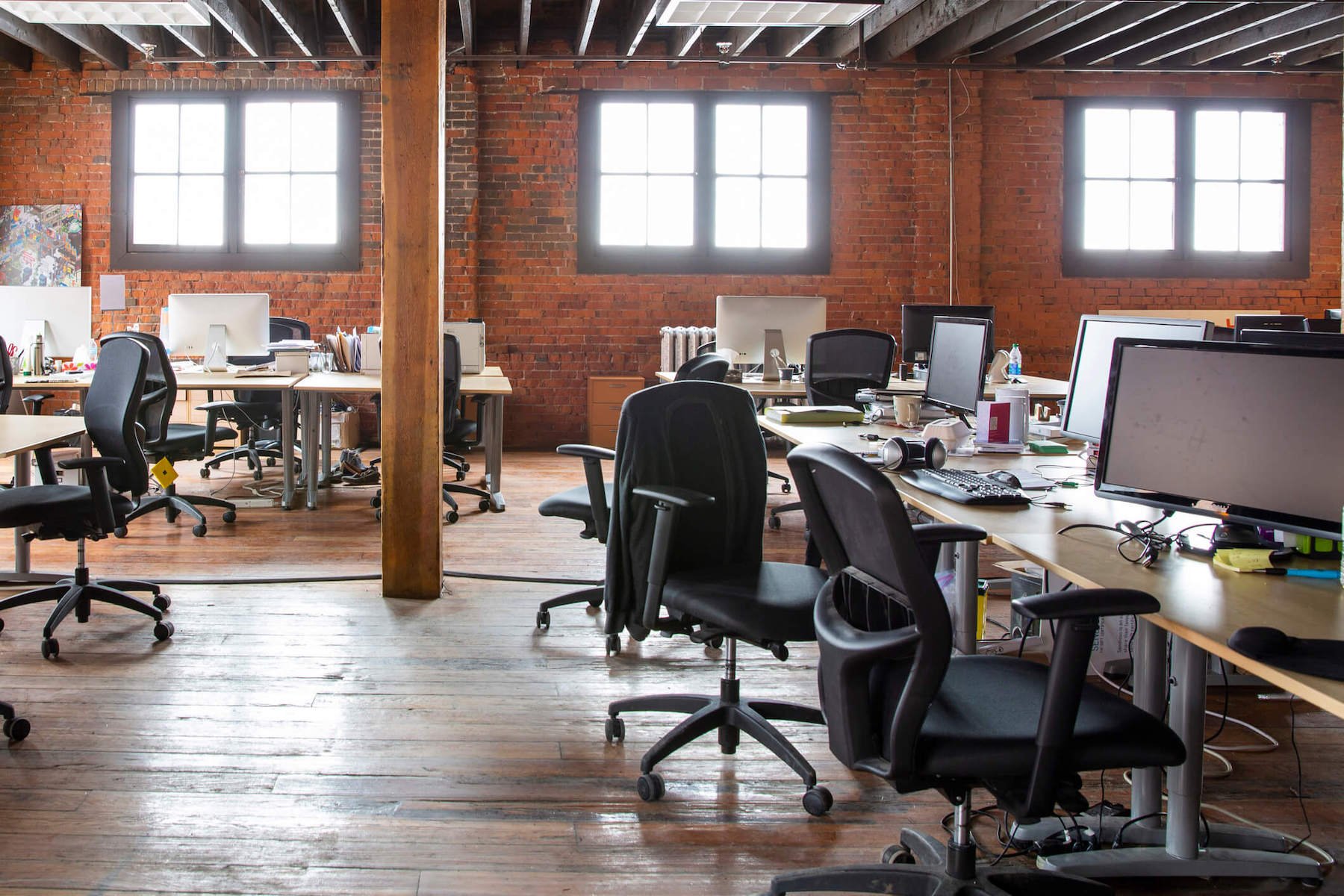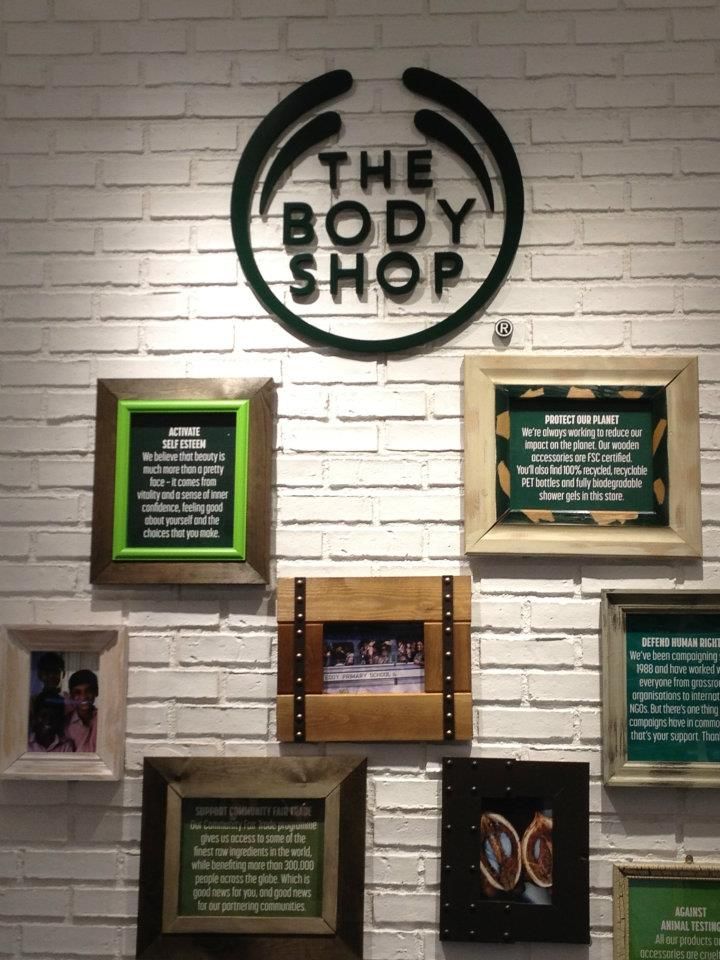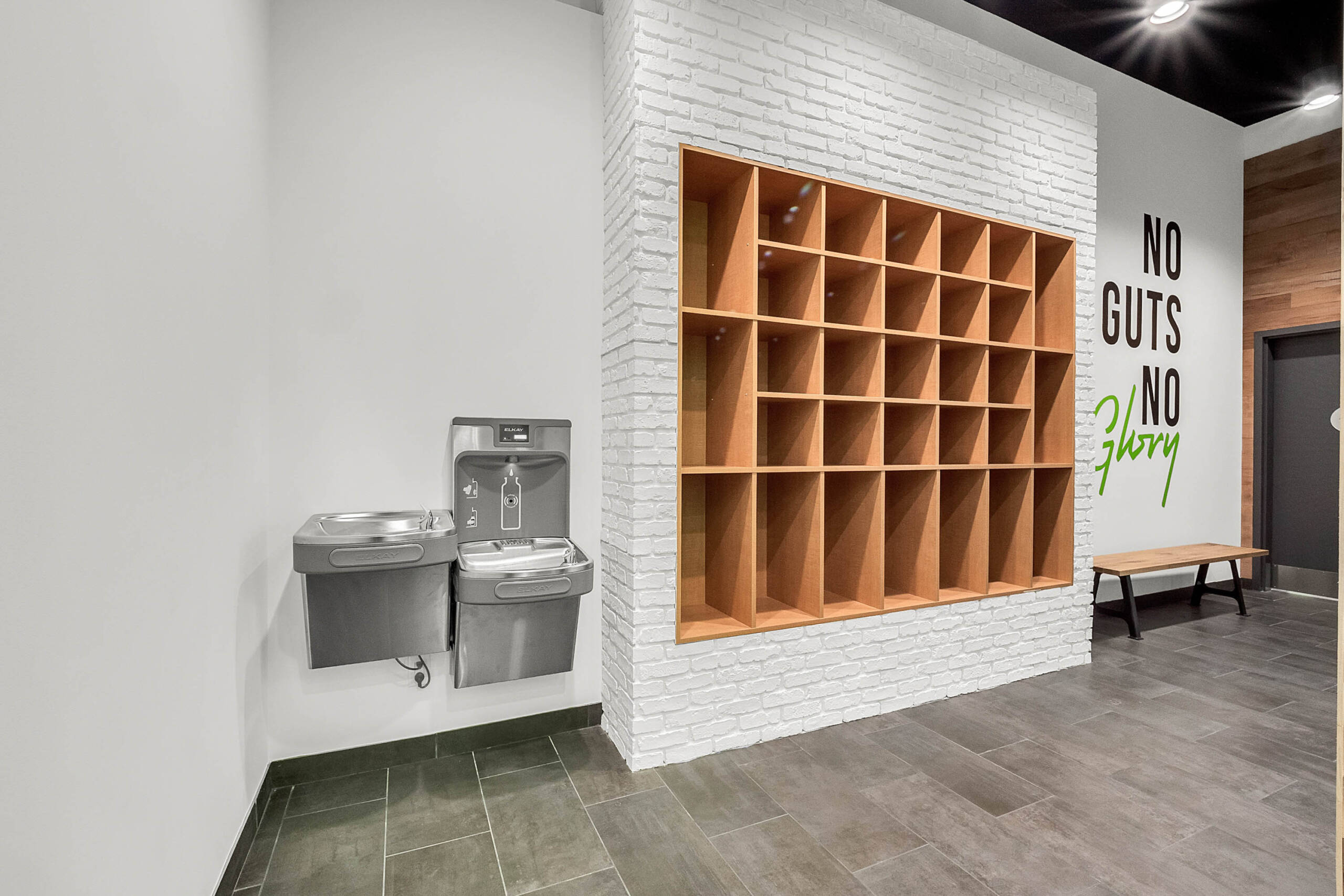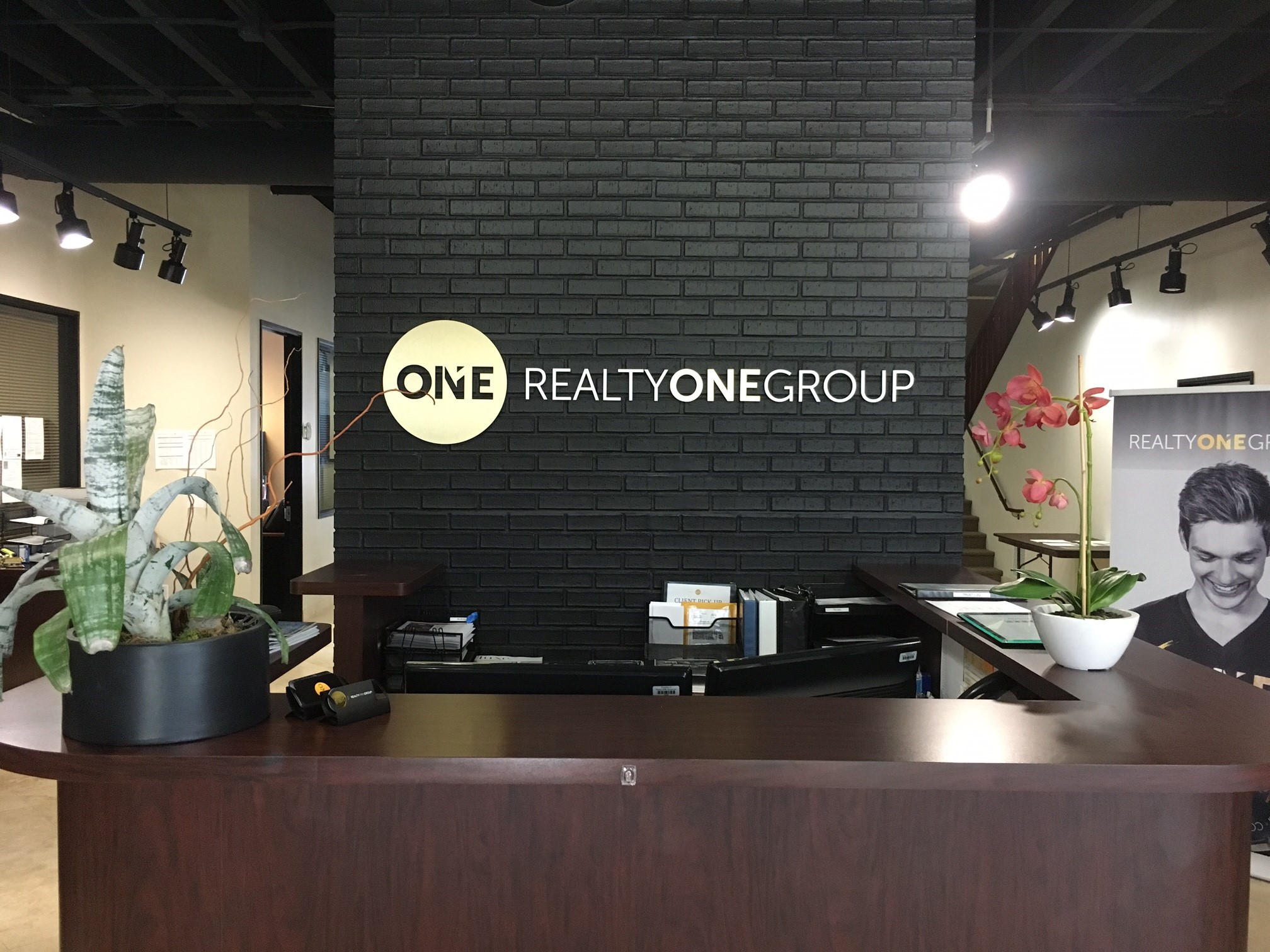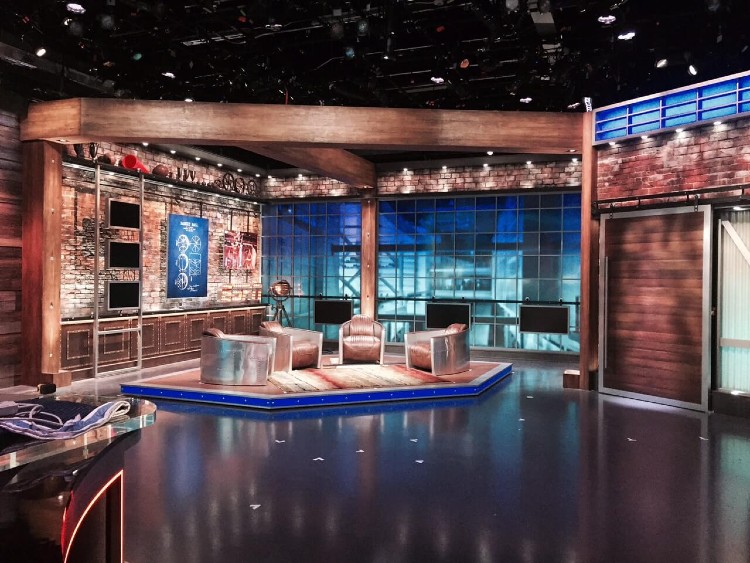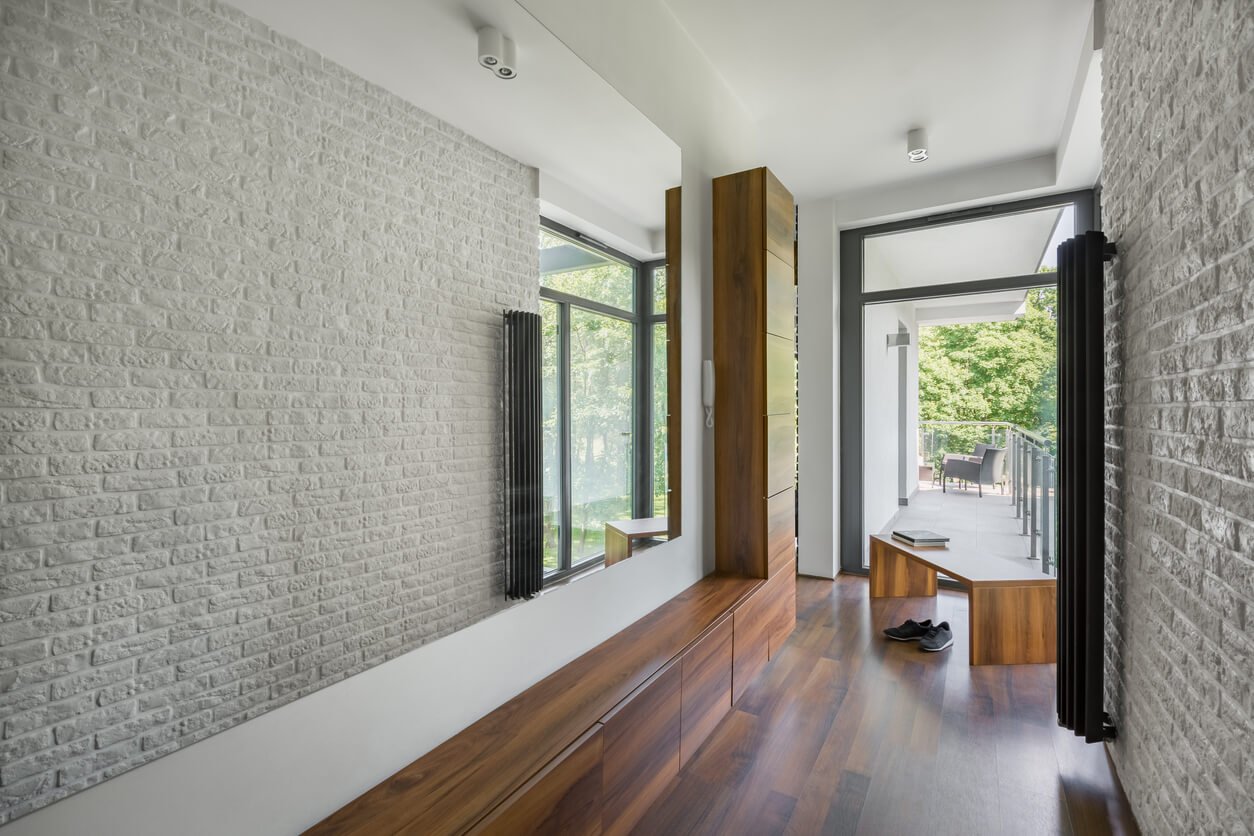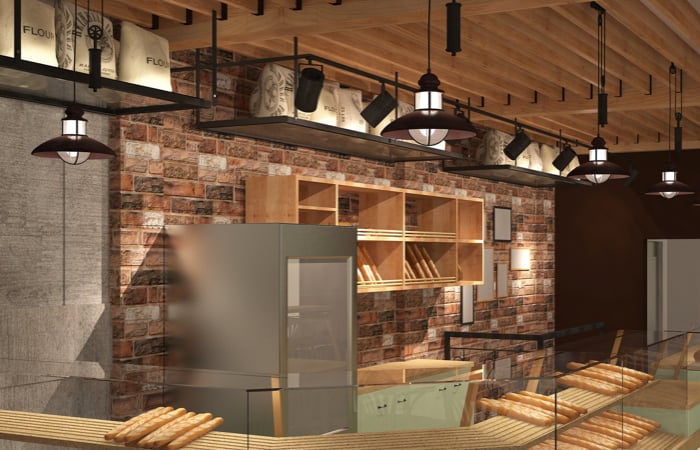
What we think of “modern office design” has changed significantly over the past few years. Advanced digital technology, in combination with altered expectations of remote and hybrid work, are serving to fundamentally change how we think of office interior design.
It’s a trend that’s continuing to gain steam, as according to a McKinsey survey of executives, nine out of ten organizations intend to combine remote and on-site working and are investing in new approaches that go far beyond the traditional cubicle office setup.
Modern office interior design is about re-thinking what employees need to do their jobs efficiently, collaborative and happily. The old concept of partitioned spaces is making way for multi-purpose common areas, a focus on incorporating natural elements and creating work areas that are flexible and adaptable.
If you’re interested in a modern office design that better serves the needs of your employees, read on for our review of current trends and recommended designs.
The Benefits of Good Office Interior Design
No matter the industry, the benefits of good office design are universal. Employees are more likely to be happier, more creative, collaborative and more productive when they are comfortable in their space. The challenge has always been about which design elements to pursue and how to incorporate them while staying on budget.
Modern workers have greater options for work conditions, so they prefer flexible areas where they have more say in how they work and how they can use the space. Whether a corporate office or industrial office, employees don’t want to feel boxed in — they want collaborative environments where they feel seen and heard.
Having an inviting work environment also helps to attract workers, which is a key advantage in a contested job marketplace. Keeping your existing employees happy is also essential in reducing your company turnover rate. Modern office design also can have an important, positive impact on clients, customers, partners and associates who visit the workplace.
When it’s done well, good design is not just functional — it reinforces your company’s brand and values and reflects the nature of your business.
Office Interior Design Elements to Keep in Mind
Every organization’s aesthetic, goals and budget are different, so it can be challenging to decide which elements to incorporate into your next renovation. Whether you’re looking into small office interior design or renovating a larger industrial building, there are three elements to always keep in mind:
- The workplace’s function and purpose — More than anything, the office space has to fit for your business and provide your employees with everything they need to do their jobs. That’s one of the challenges of modern office design; since there’s been such a fundamental shift in how we think of “work,” there’s an urgent need to re-purpose areas and design spaces to be multi-functional.
- The needs and health of your employees — Employees need more than just the right tools for the job, they need to feel supported, empowered and happy. While factors like wages, hours and general responsibilities play central roles in how satisfied your employees are, don’t overlook the importance of having a space that makes them feel welcome and part of a team — or even a family.
- How to encourage collaboration — Your employees, from new hires to top executives, all work better when they work together. The modern office interior needs to consider the needs of both on-premise and remote workers. Spaces that have hybrid functions and can be adapted based on who is using the space can not only help your teams collaborate, they do so in a way that utilizes the office more efficiently and can help save money.
With those three key office design considerations in mind, here are the top eight trends for modern office interior design.
Top Trends for Modern Office Design
1. Create More Common Areas
Great office common space design reflects how your company operates and supports your employees in accomplishing their goals throughout the workday. Maximizing the amount of common areas, including break rooms, kitchens, open work areas and casual meeting spaces, provides more spaces for collaboration and can help employees feel more comfortable.
Keep in mind that not all common area designs will fit all purposes. Though flexibility is important, there are some constraints. For example, a designated working area shouldn’t have to double as the office break area. Each space needs to strike the right balance between essential function and flexibility to offer your teams the kinds of common spaces that best suit the needs of their workday.
Prioritize common spaces that facilitate collaboration that is not easily replicated in structured, conference room-style meetings. Look to design booths and nooks that offer a degree of privacy, but not complete isolation from the rest of the team. Then, when furnishing those areas, consider investing in fun, modern office décor such as plush beanbags, stylish artwork and perks like mini fridges or game tables.
2. Use Color Intentionally
Beyond using brand colors to reinforce an organization’s identity, it’s important to think strategically about the choice of color for your office interior.
Color psychology studies how color affects human emotions and behaviors. Bolder colors may inspire excitement, while calmer tones may create a more serene environment. We also associate colors with certain emotions (ex. red meaning love, blue with contentment) or representations based on our cultures. In the Western world, black can be for mourning or formality, based on context.
Utilize brighter colors for areas where your employees are more active and cooler colors for areas designated for downtime or contemplation. Bear in mind that you don’t have to go overboard with color to have an effect. Bold accent walls or bright furniture paired with more muted walls can make a statement without being overpowering.
3. Keep Acoustics in Mind
The sound quality in your office space is crucial to your company’s workplace environment. Your employees’ privacy often depends as much on well-managed acoustics as on the thoughtful organization of your physical space. So, it’s equally important to cut out loud ambient noise as it is to ensure there is good acoustics in conference rooms and presentation areas.
Hanging acoustic paneling from the ceiling or installing decorative, sound-absorbing panels in an office wall can reduce echoes and cut out unwanted noise. Any textured wall panel, even if it’s not designed as an acoustic panel, will have some beneficial sound-absorbing benefits.
4. Incorporate Natural Elements
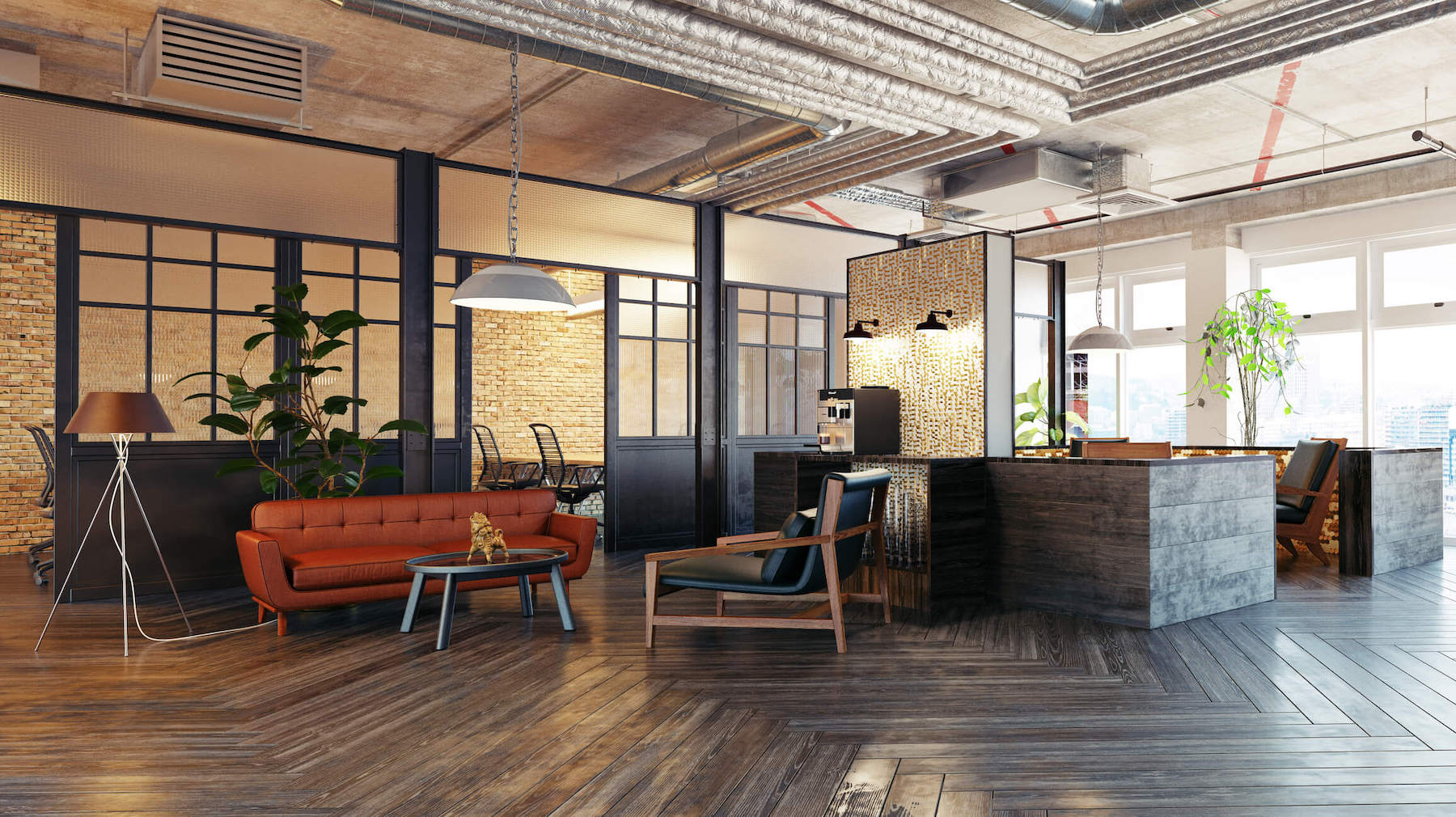
Natural lighting is also extremely important, as a survey of North American employees found that access to natural light and view of the outdoors were the number one most valued attribute of the workplace. Utilizing large windows, mirrors and lighter color schemes will help maximize the available natural light. Having a more open floor plan will also allow light to reach more of the office.
Finally, integrating flowers, succulents and other plants can help add life and color to an office. Plants can improve morale and even work as natural air quality monitors.
5. Utilize Open Floor Plans
Beyond being more conducive for natural light, open office floor plans allow workers to feel like part of the same team, which is great for morale. Having an open floor plan is also a simple way to make a small office design feel less cramped and more airy. That’s not to say that the entire office should be designed as a single room — things can get a little unorganized, and loud, when an office is just one large open space.
Employee work areas should offer seamless transitions between both private and public areas, allowing your workers to easily experience the benefits of the larger common areas, while offering sanctuaries that support them in focusing on the work they need to do. As an additional benefit, needing to have fewer dividing walls can help make construction and renovations less expensive.
6. Prioritize Adaptable and Fluid Environments
One of the biggest innovations of modern office design is the capability to allow employees to use spaces however they need to. Rather than assigning specific sections that can only be used for a single task, areas can serve more than one purpose. Hot desk zones or rooms that incorporate shared tables and workstations provide employees with more options for collaboration on tasks and projects.
This is an especially good design for smaller offices, as every square inch counts. Areas that allow employees to meet casually, kick back and relax and even eat together allow smaller offices the luxury “feel” of having more space. Mobile furniture, such as chairs with caster wheels, can provide easier movement around the office. Rearranging tables and chairs to fit different configurations allows for the quick formation and collaboration of multiple teams for any task.
The one caveat with adaptable environments is that you’ll need to establish clear rules and/or have a reservation system in place to ensure that use of those spaces is equitable.
7. Make Use of Blended Materials
Don’t feel that you have to utilize only a single material when designing an office space. Combining different materials and textures creates a space that is unique, interesting and engaging. Pairing different textures together — such as wood with stone, or glass and fabric with brick — can turn a one-dimensional office space into an inspirational area for anyone visiting or working.
Consider how to best combine different aesthetics to theme the office interior. Large, open spaces lend themselves well to sleek industrial light fixtures, chairs and shelving units — but too much of that can feel cold and sterile. The use of wood or faux wood paneling brings a warm and natural touch when designing a workspace. Covering posts, beams and floors with wood panels breaks up static sightlines and brings in the look of the natural world. Placing more rustic elements throughout the space as accents and tables helps the office feel more inviting and comfortable.
8. Consider Industrial Design Elements
As more modern offices are converted from older factories, barns, warehouses and other industrial spaces, the industrial style is becoming increasingly popular as an office interior design. Making use of existing components such as weathered wood, exposed brick, concrete floors and industrial lighting fixtures, this design tends to have an unfinished, unconventional and raw look that pairs well with open floor plans and blended materials.
Converting an existing industrial building into an office space will provide many of the current modern design elements such as high ceilings, large windows, different textures and natural color palettes of rustic and warm colors. For these areas, remember to prioritize acoustics and bring in more natural elements.
If you wish to bring in more of those elements into a more conventional office space, look for easy-to-install material that emulates the look of stone, brick and concrete.
Interested in the latest news on our products? Join our VIP text group for the latest updates and special offers. Just text VIP to (772) 348-4281 to opt in or click this link if viewing from a mobile device.
Achieve Your Modern Office Interior Design With Texture Plus
Our faux-wall panels come in nearly a limitless variety of colors and textures, allowing you to achieve the office interior design style that you’re aiming for. Not only are our panels versatile, they’re lightweight, easy to install and less expensive than real materials.
Here’s just a few examples of how our faux wall panels have been used to bring character, color and texture to office interiors.
Interested in realizing your own modern office design? Look for inspiration in our exclusive look book, “The Enduring Appeal of Brick and Stone.” We’ve collected examples from different Texture Plus projects to showcase how our realistic faux wall panels can recreate the incredible depth, color and texture of natural materials without the heavy weight, high cost or complicated installation. Click here to download your free copy.
No matter the size or style of your office, we can help you get started today — just reach out to our design specialists with any project questions. For a free sample pack of our faux-wall panels and other Texture Plus® promotional offers, click here.
